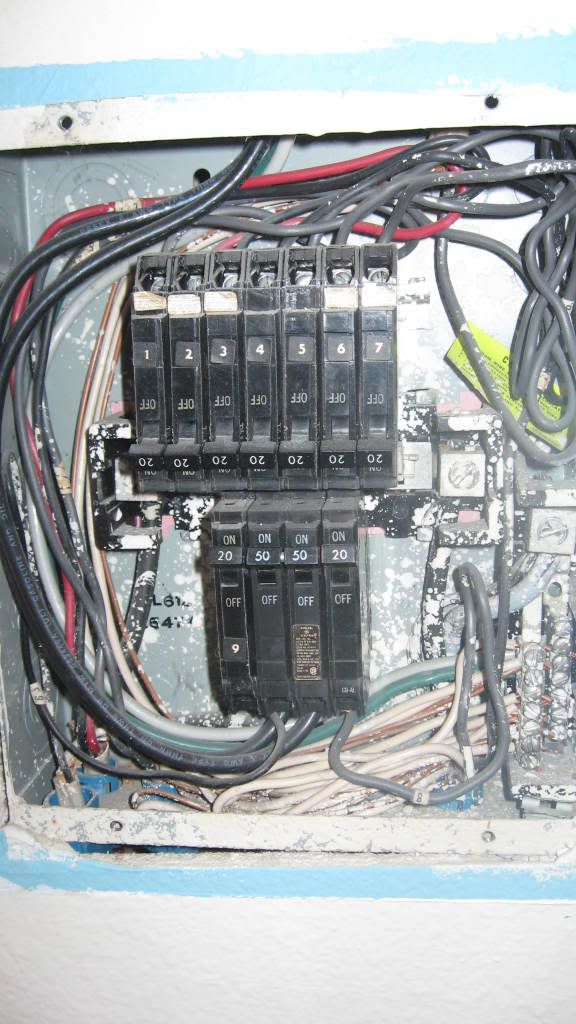Matt Faust
Member
Hi Guys,
I am a Real Estate Inspector in CA.
Thanks for inviting us to post on your board.
I don't know how to post a photo with a url so I'll just explain.
Condo sub panel
Has two bus bars in panel.
BB's are isolated in plastic carriage.
Assumed bonding to metal enclosure via bonding screw, not verified.
However, all EGC's and neutral conductors share one bus bar.
No separation -
No evidence of EGC's being bonded to metal enclosure.
(And if this BB is bonded - then the neutrals are also bonded)
I am calling it improper wiring and recommending a qualified,
state licensed Electrical Contractor.
1. So, am I correct.
2. Also, how dangerous is such a configuration?
Thanks Again
MF -
Home Inspection Service of the West
I am a Real Estate Inspector in CA.
Thanks for inviting us to post on your board.
I don't know how to post a photo with a url so I'll just explain.
Condo sub panel
Has two bus bars in panel.
BB's are isolated in plastic carriage.
Assumed bonding to metal enclosure via bonding screw, not verified.
However, all EGC's and neutral conductors share one bus bar.
No separation -
No evidence of EGC's being bonded to metal enclosure.
(And if this BB is bonded - then the neutrals are also bonded)
I am calling it improper wiring and recommending a qualified,
state licensed Electrical Contractor.
1. So, am I correct.
2. Also, how dangerous is such a configuration?
Thanks Again
MF -
Home Inspection Service of the West


